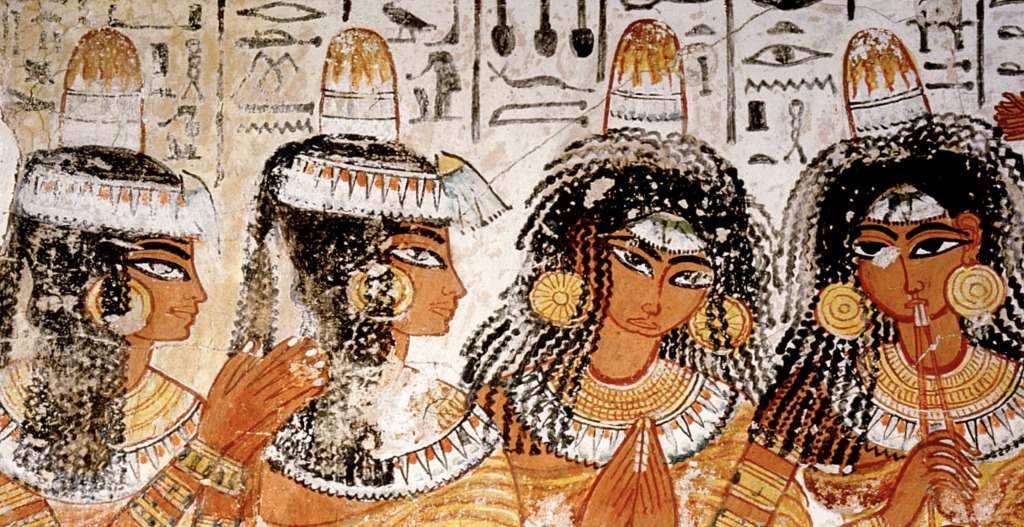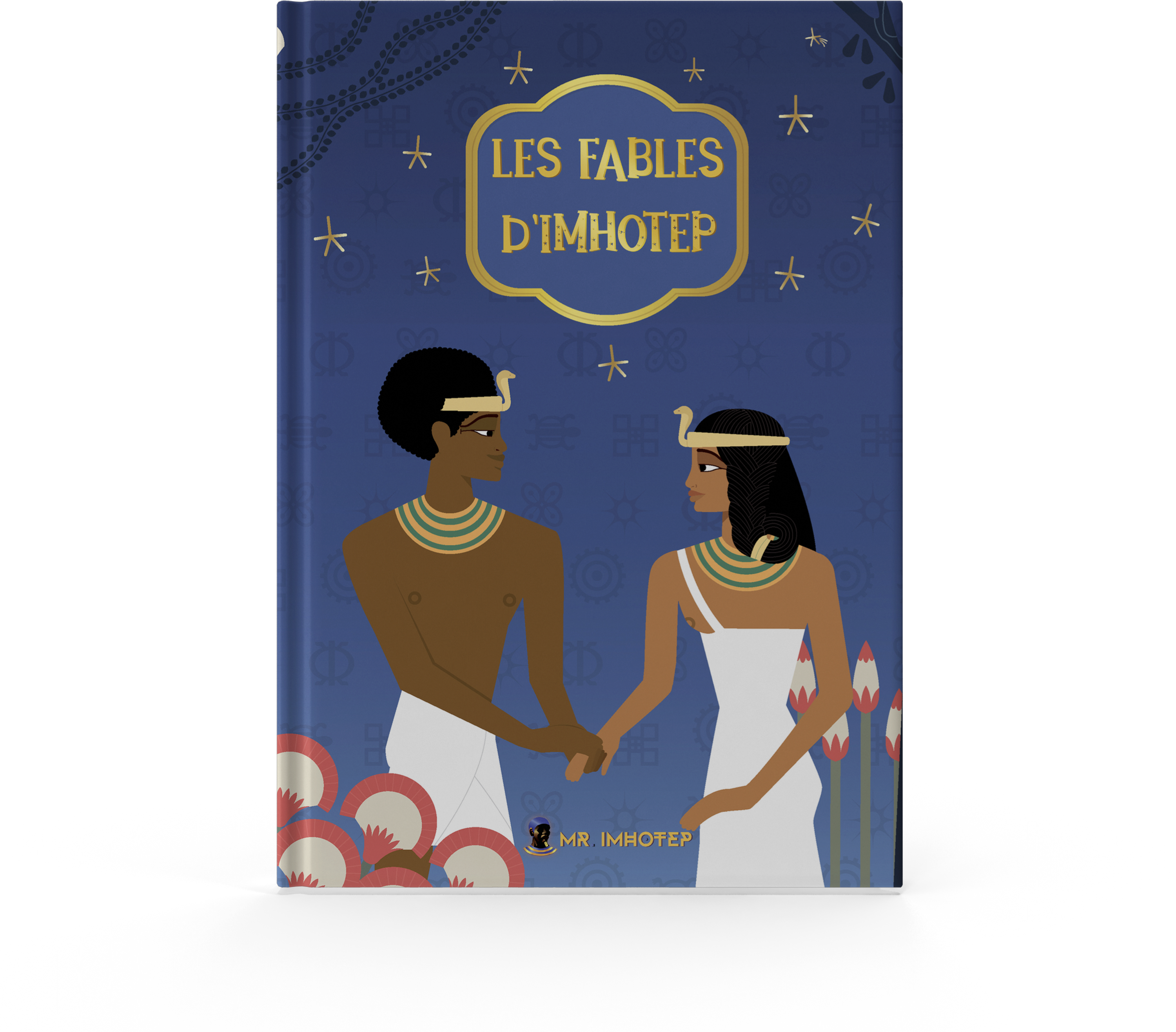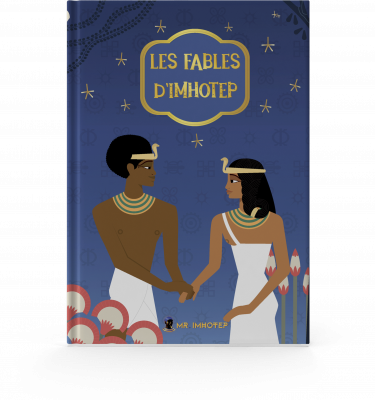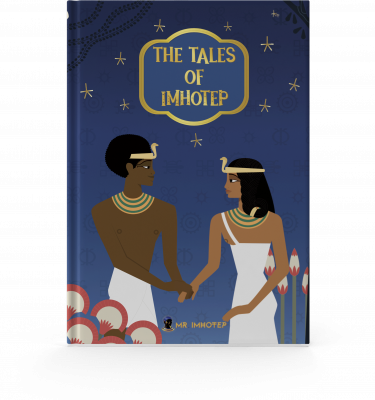If you are passionate about the history of Kemet, you have probably already noticed those paintings depicting the people of Kemet with some strange cones on top of their heads. These cones have the size of a coffee cup and are just sitting atop some of their heads while they look busy minding their business. These objects have created several debates between archaeologists. Many of them have wondered whether they were merely a symbol. Now, a new study finds these “head cones” were indeed real: Researchers have recovered two of the curious accouterments in burials dating back, 3300 years.
Archaeologists made the discoveries at Akhetaten, one of Kemet’s most unusual cities. The site was occupied for no more than about 15 years during the 14th century B.C.E. while Kemet was under the rule of the pharaoh Akhenaten. At that period known today as the Amarna period, the king developed a short-lived (and, in the eyes of later pharaohs, heretical) religious system focused on the worship of a single god, represented by the Sun. In other words, he is the first known king who imposed a monotheistic cult to his nation.
The finds include two head cones come from low-status graves in a workers’ cemetery. One of the graves was much better preserved than the other, which had been rifled through by grave robbers. Both bodies still carried full heads of hair, each with a head cone tangled up in the tresses, the team reports today in Antiquity. The cones were cream-colored and seemed to be made of beeswax; both were about 8 centimeters tall. They were also in poor condition, full of holes where insects had tunneled through them.
These discoveries may help put to rest the symbolism theory. That idea that the cones were simply a way for artists to denote a wearer’s special status, like the halos used to signify holiness in Christian art.But the discovery also potentially undermines another leading hypothesis about the cones: that they were perfumed lumps of unguent that slowly melted in the Sun to perfume and cleanse the body, both literally and spiritually. The idea is that, “by melting and ‘cleansing’ the hair, the cones might have ritually purified the individual, placing them in an appropriate state to participate in rituals,” says team leader Anna Stevens of Monash University in Melbourne, Australia.
But the team could find no chemical evidence from the well-preserved grave that the head cone had melted and dribbled onto the occupant’s hair. But it doesn’t necessarily disprove the unguent theory, according to Lise Manniche, an archaeologist at the University of Copenhagen. She says ancient artwork suggests cones were generally worn by members of the upper classes, not by the sort of people buried in the workers’ cemetery. “I would interpret the two cones as ‘dummy cones,’ used by less fortunate inhabitants in the city” to imitate high-status fashion, she says.
If so, the cones may have been about more than simply mimicking the social elite. Some archaeologists think the objects signified sensuality and childbirth. It may thus be significant that the Kemites in the well-preserved grave was a woman of child-bearing age, Stevens says. Perhaps, she speculates, the woman hoped the head cone would enhance her fertility in the afterlife. But Rune Nyord, an archaeologist at Emory University in Atlanta, is skeptical. He points out that Kemetic art suggests head cones were worn in other contexts, too, such as at festival banquets or in the presence of the pharaoh. “Explanations invoking the afterlife are … common … in Egyptology,” he says, but we shouldn’t ignore the possibility that the Kemites didn’t see the head cones this way. Sometimes, a hat is just a hat.








